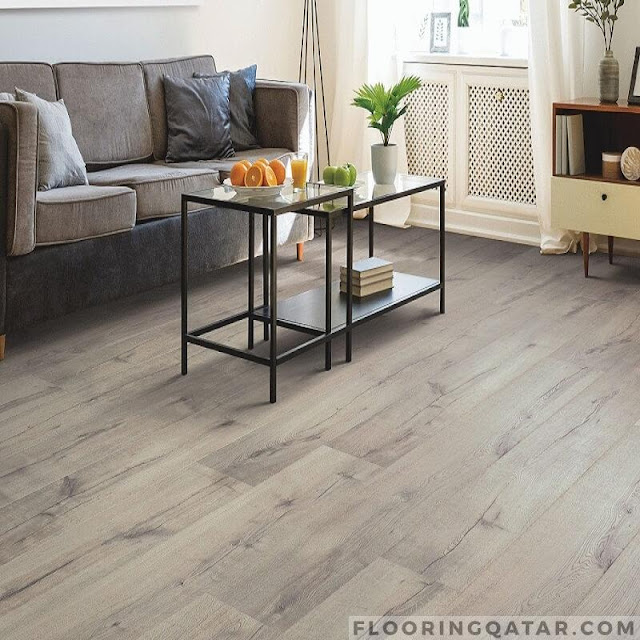Another advantage of LVT flooring is its ease of installation.
Luxury vinyl tile (LVT) flooring has been growing in popularity in recent years as a versatile and durable flooring option for both residential and commercial applications. LVT flooring is designed to mimic the look of natural materials, such as hardwood, stone, or ceramic tile, while offering greater durability and ease of maintenance.
One of the primary benefits of LVT flooring is its durability. Because it is made of multiple layers of PVC (polyvinyl chloride) and other materials, LVT flooring is extremely strong and resistant to scratches, dents, and stains. This makes it an ideal choice for high-traffic areas or homes with pets or children. Additionally, LVT flooring is water-resistant, which means it can be used in areas with high moisture or water exposure, such as bathrooms or kitchens.
Another advantage of LVT flooring is its ease of installation. Like other types of luxury vinyl flooring, LVT flooring is designed to "float" on top of the existing flooring, making it a quick and easy DIY project for homeowners. LVT flooring is also available in click-lock installation systems, which require no adhesive and can be easily installed over a weekend.
LVT flooring is available in a wide range of styles and colors, allowing homeowners to customize their flooring to match their decor and personal style. The high-resolution images used on the top layer of LVT flooring can mimic the look of natural hardwood, stone, or tile, giving homeowners the option to achieve the look they want without the high cost or maintenance of these materials.
One consideration with LVT flooring is its impact on indoor air quality. Like other types of vinyl flooring, LVT flooring may emit VOCs (volatile organic compounds) that can impact air quality and may be harmful to human health. However, many manufacturers now offer LVT flooring that is certified low-VOC or emissions-free, making it a safer and more environmentally-friendly choice for homeowners.
Another potential drawback of LVT flooring is its hardness. Because it is made of multiple layers of PVC, LVT flooring can be harder underfoot than other types of flooring, such as carpet or traditional hardwood. This can be addressed by using an underlayment, which can help reduce noise and improve comfort underfoot.
In terms of maintenance, LVT flooring is relatively low-maintenance. It can be cleaned with a damp mop or vacuum, and does not require any special cleaning products or treatments. However, homeowners should avoid using excessive water, as this can cause damage to the flooring over time.
Overall, LVT flooring is a durable and versatile option for homeowners and designers looking for a low-maintenance and affordable flooring solution. With a wide range of styles and colors to choose from, LVT flooring offers the look of natural materials without the high cost or maintenance, making it a popular choice for both residential and commercial applications. As with any flooring material, it is important to consider the specific needs and preferences of your space and lifestyle before making a final decision.



Comments
Post a Comment